Black Mamba
- December 6, 2023
- 0 comment
The Black Mamba, scientifically known as Dendroaspis polylepis, is a highly venomous snake native to the eastern and southern regions of Africa. Renowned for its striking black coloration and formidable reputation, the Black Mamba is considered one of the deadliest snakes in the world.
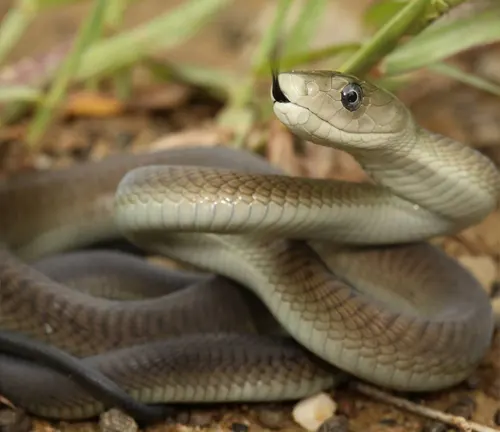
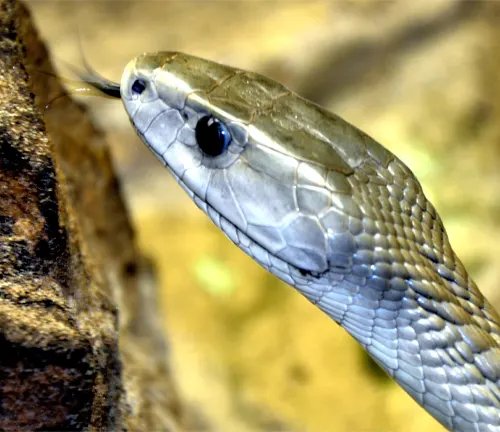
Its name is derived not from the color of its scales, which can range from olive-green to gunmetal gray, but rather from the inky-black hue of the interior of its mouth, which it displays when threatened. This serpent is known for its speed, agility, and potent venom, which primarily consists of neurotoxins. The venom can cause rapid paralysis and, if untreated, can be fatal to humans.
Despite its fearsome reputation, the Black Mamba is an elusive and generally non-aggressive species, often preferring to retreat rather than confront potential threats. Conservation efforts are essential to protect this remarkable species and promote coexistence with the diverse ecosystems it inhabits.
| Characteristic | Description |
|---|---|
| Scientific Name | Dendroaspis polylepis |
| Geographic Range | Eastern and southern regions of Africa |
| Coloration | Olive-green to gunmetal gray (dark interior mouth) |
| Venom Type | Neurotoxic |
| Venom Potency | Extremely potent |
| Venom Effects | Rapid paralysis; can be fatal if untreated |
| Behavior | Generally elusive and non-aggressive |
| Speed and Agility | Highly agile with fast movements |
| Habitat | Varied, including savannas, forests, and rocky areas |
| Conservation Status | Not currently assessed; may face threats from habitat loss and persecution |
| Notable Features | Exceptional speed; known for raising its body and neck when threatened; long and slender body shape |
| Role in Ecosystem | Plays a crucial role in controlling rodent populations; contributes to ecosystem balance |
Botanical Beauty of “Black Mamba”
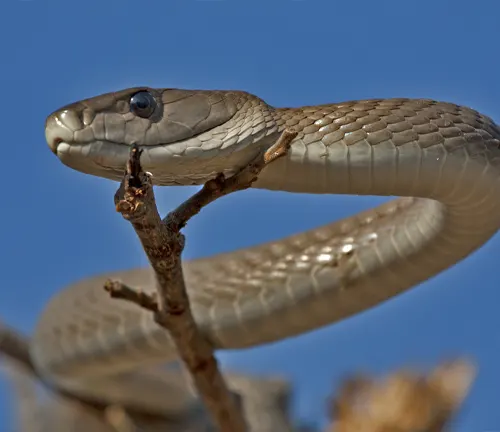
The Black Mamba, scientifically known as Dendroaspis polylepis, captivates not only with its deadly reputation but also with its intriguing botanical characteristics. Despite the name, its color palette ranges from olive-green to gunmetal gray, but what truly sets it apart is the inky-black interior of its mouth. This striking feature is revealed when the snake feels threatened, creating a visually arresting display amid its natural habitat.
Venomous or Not Venomous?
One of the most common misconceptions about the Black Mamba is its venom potency and its reputation as one of the deadliest snakes in the world. While its neurotoxic venom is indeed potent and can be fatal if untreated, the Black Mamba is not an inherently aggressive species. Understanding the nuances of its behavior is crucial for dispelling myths and fostering a more accurate perception of this remarkable creature.
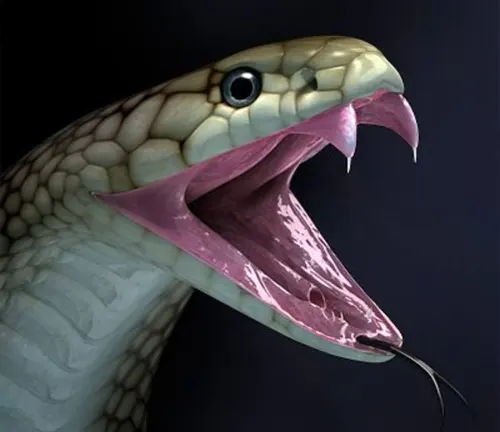
Ecological Importance
Beyond its fearsome reputation, the Black Mamba plays a vital role in maintaining ecological balance. As a top predator, it contributes to controlling rodent populations, thus preventing potential ecological imbalances. Appreciating its ecological role is essential for promoting coexistence and understanding the interconnectedness of species within the African ecosystems it calls home.
Habitat and Behavior
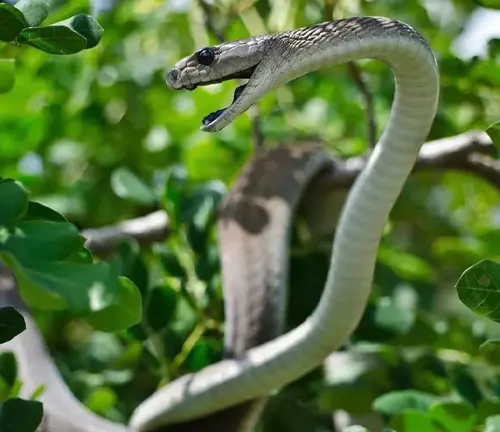
The Black Mamba’s habitat spans the eastern and southern regions of Africa, encompassing a variety of landscapes, from savannas to forests and rocky areas. Its behavior, often misunderstood, leans towards the elusive and non-aggressive, with a preference for retreat rather than confrontation. Exploring its habitat and behavior sheds light on the adaptability and survival strategies of this species.
Art And Culture
The Black Mamba’s presence extends beyond the realms of biology, influencing art and culture in the regions it inhabits. From ancient symbolism to contemporary representations, this serpent has become a significant cultural icon. Delving into the artistic expressions and cultural symbolism surrounding the Black Mamba offers a unique perspective on the intersection of nature and human creativity.
Survival
Survival in the wild demands exceptional skills, and the Black Mamba is no exception. Its exceptional speed and agility, coupled with a distinctive defensive display of raising its body and neck, showcase the evolutionary adaptations that contribute to its survival. Understanding these survival mechanisms provides insights into the resilience of this species in its natural environment.
Conservation
Despite its adaptability, the Black Mamba faces threats, including habitat loss and persecution. Addressing these challenges requires concerted conservation efforts. Examining the current conservation status and implementing strategies to protect this species are crucial for preserving the biodiversity of African ecosystems.
Common Food
The Black Mamba’s diet primarily consists of small mammals, birds, and occasionally other reptiles. Understanding its feeding habits provides a glimpse into the intricate web of predator-prey relationships within its ecosystems. Exploring the common food sources of the Black Mamba contributes to a holistic understanding of its ecological niche.
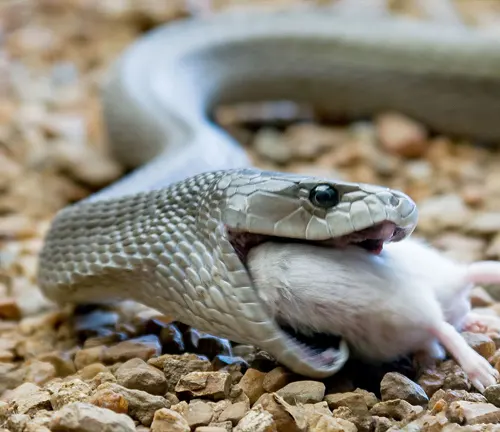
Benefits
Contrary to common fears, the Black Mamba offers benefits to the ecosystems it inhabits. By controlling rodent populations, it helps maintain the delicate balance of the food chain. Appreciating the positive aspects of its presence encourages a more nuanced perspective on this species, highlighting the intricate role it plays in the natural world.
Different Species
The Black Mamba (Dendroaspis polylepis) is a highly venomous snake native to the eastern and southern regions of Africa. This species is known for its speed, agility, and potent neurotoxic venom.

Frequently Asked Questions (FAQs)
1. What is the Black Mamba?
The Black Mamba (Dendroaspis polylepis) is a highly venomous snake native to eastern and southern Africa. It is known for its speed, agility, and potent neurotoxic venom.
2. Why is it called the Black Mamba if it’s not entirely black?
The name “Black Mamba” is derived from the inky-black coloration inside the snake’s mouth, which is revealed when it feels threatened. The rest of its body can range from olive-green to gunmetal gray.
3. How venomous is the Black Mamba?
The Black Mamba possesses one of the most potent venoms among snakes. Its neurotoxic venom can cause rapid paralysis and, if untreated, can be fatal to humans.
4. Is the Black Mamba aggressive?
Contrary to its fearsome reputation, the Black Mamba is generally non-aggressive. It prefers to retreat from potential threats but can become defensive if cornered.
5. What is the ecological importance of the Black Mamba?
The Black Mamba plays a crucial role in maintaining ecological balance by controlling rodent populations. As a top predator, it contributes to the health of the ecosystems it inhabits.
6. Where does the Black Mamba live?
The Black Mamba is native to the eastern and southern regions of Africa. It can be found in various habitats, including savannas, forests, and rocky areas.
7. Are there different species or subspecies of Black Mamba?
No, there is only one recognized species of Black Mamba: Dendroaspis polylepis. There are no distinct subspecies or different species within the Black Mamba classification.
8. How fast can a Black Mamba move?
The Black Mamba is known for its exceptional speed and agility. It can reach speeds of up to 12 miles per hour (19 kilometers per hour).
9. What is the cultural significance of the Black Mamba?
The Black Mamba holds cultural significance in the regions it inhabits, often appearing in traditional folklore and symbolism. It has become a cultural icon with various representations in art and stories.
10. Is the Black Mamba endangered?
The conservation status of the Black Mamba is not currently assessed. However, like many species, it faces threats such as habitat loss and persecution, emphasizing the importance of conservation efforts.


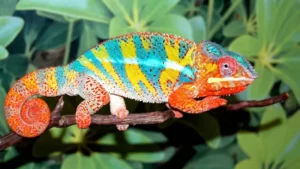
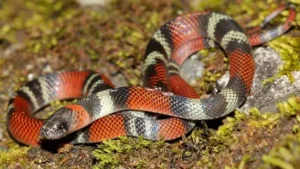




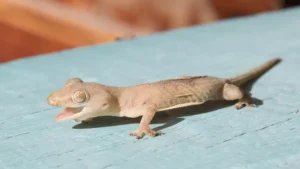

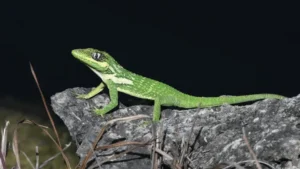
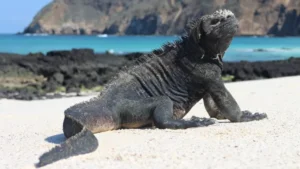

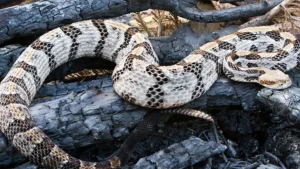
Leave your comment